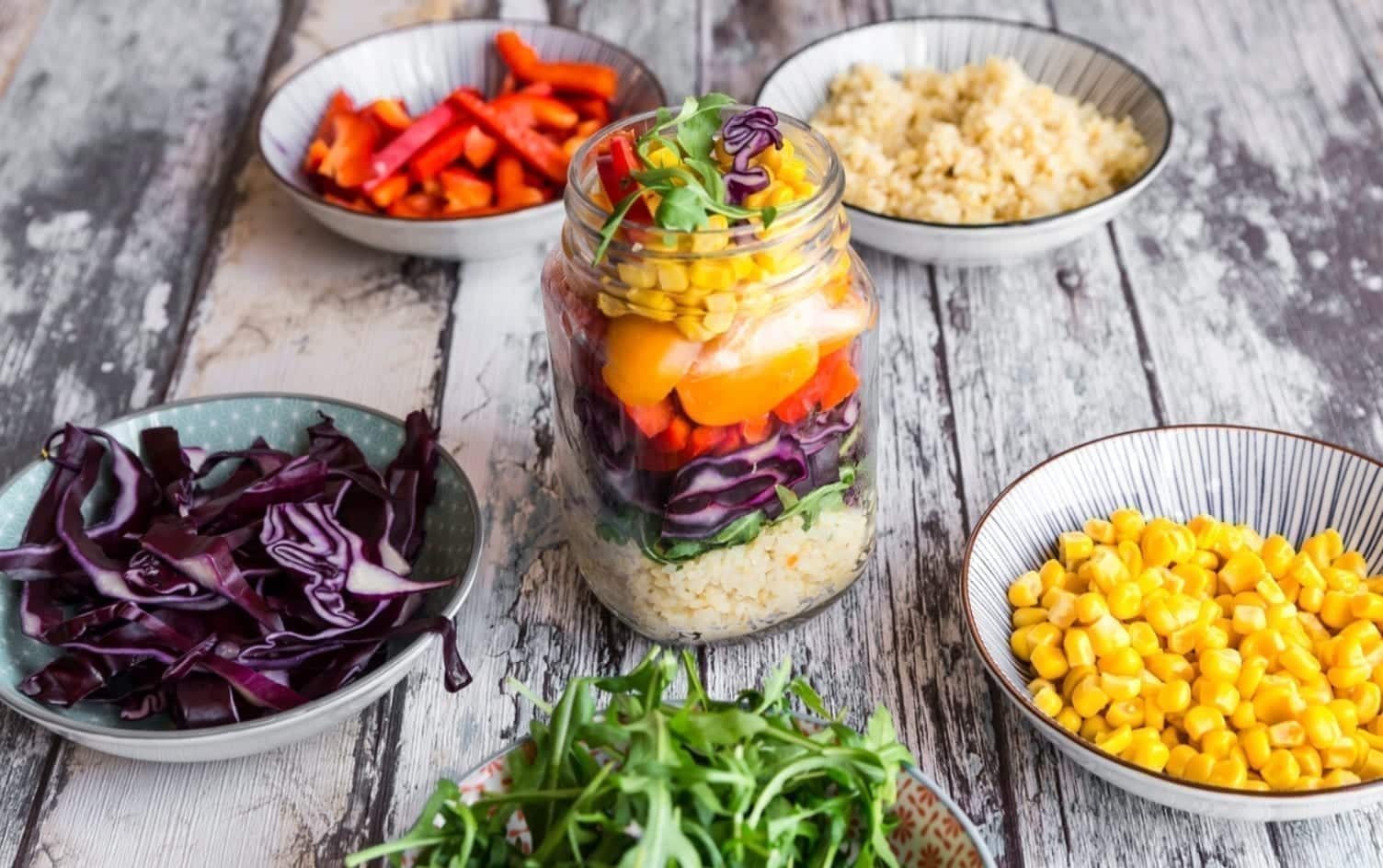Look around online or talk to anyone within arm’s length at your local gym or market, and you’re bound to hear some nutrition advice. Keto, Paleo, vegan, DASH … there’s no shortage of ways to eat. But one dietary strategy that falls outside of these man-made boxes is simply known as “eat the rainbow,” in which you fill your plate with as many colors as possible.
The idea behind eating the rainbow is that if you consume a variety of colors, you will naturally consume a variety of micronutrients — vitamins, minerals and phytonutrients. That goes a long way toward keeping you healthy and warding off disease.
According to Allie Farley, RDN with VCU Health and the Massey Cancer Center, phytonutrients give plants their color, flavor and texture, and can be found in fruits, vegetables, whole grains, legumes, beans, herbs, spices, nuts and seeds. She notes that it’s important to eat a variety of the aforementioned foods because they provide different nutrients, and phytonutrients are associated with a reduced risk of cancer, cardiovascular disease and Type 2 diabetes. So, don’t skimp on your plants.
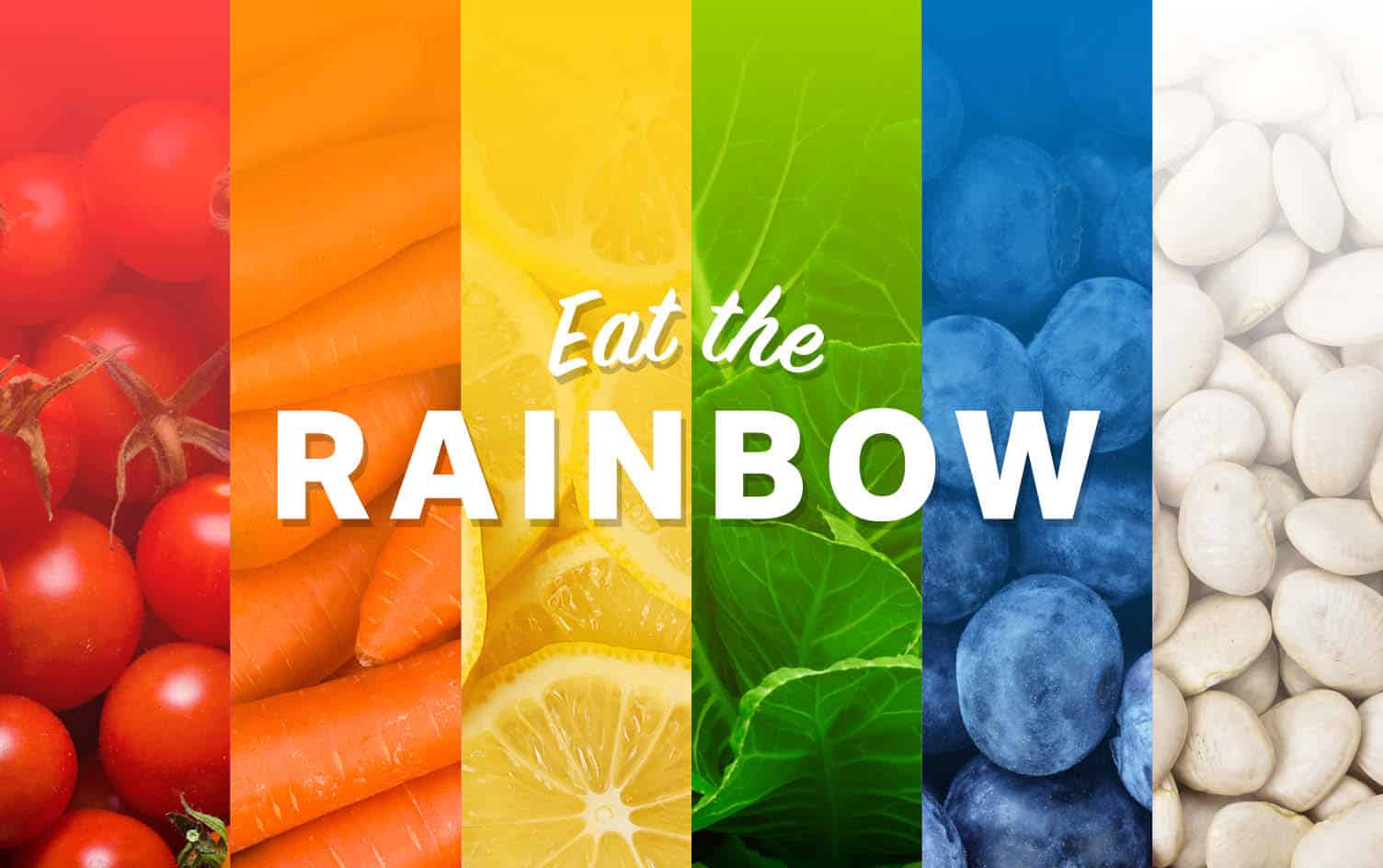
For a tangible goal to shoot for each day, the USDA and ChooseMyPlate.gov recommend filling at least half of your plate with produce. To get you started, we’ve outlined foods that fall under every color of the rainbow:
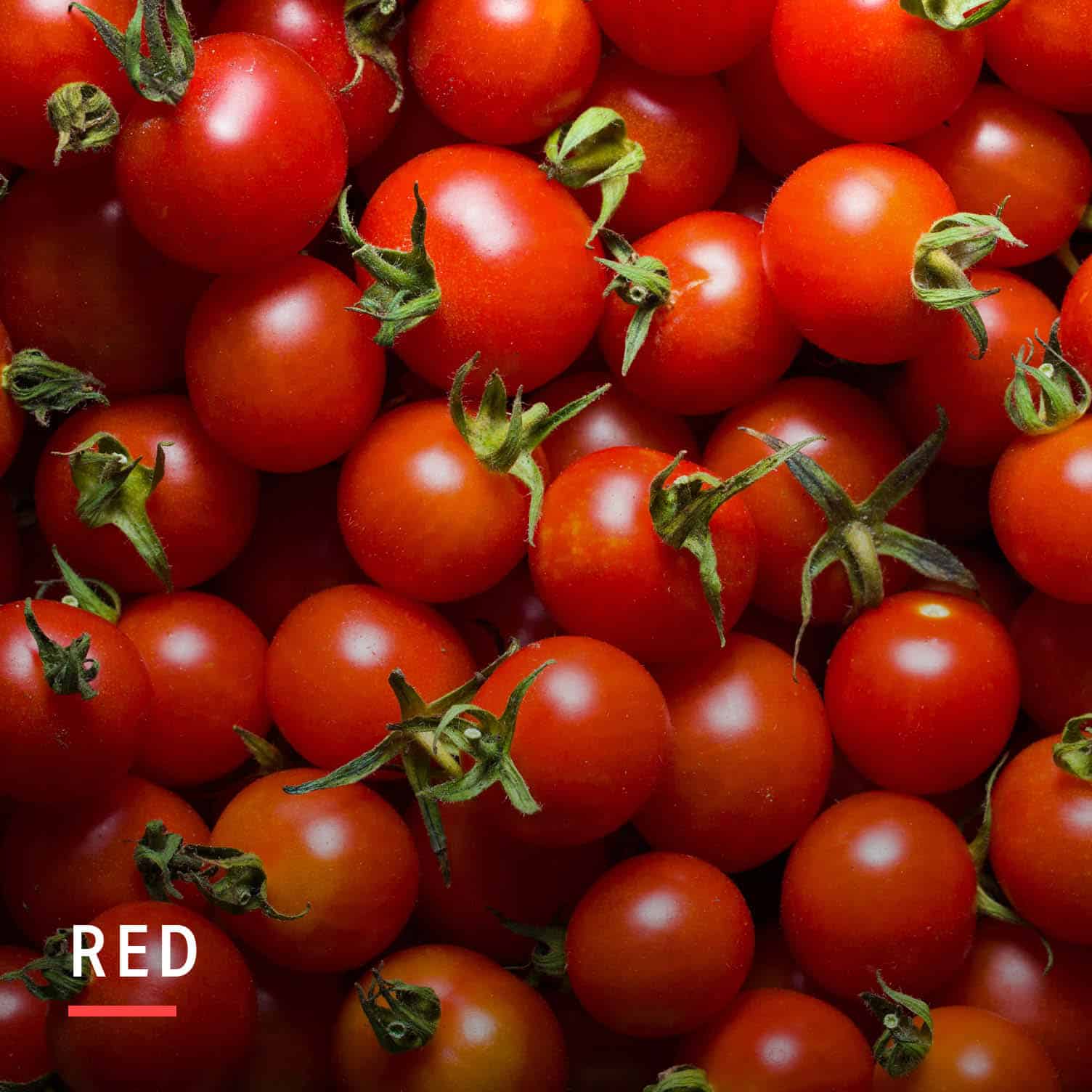
Foods to Eat: Tomatoes, red peppers, strawberries, raspberries, beets, cherries, watermelon, pomegranate
Benefits: Red foods contain phytonutrients like lycopene, flavonoids and anthocyanins, antioxidants that can reduce the risk of certain cancers, reduce inflammation and decrease your risk of heart disease.
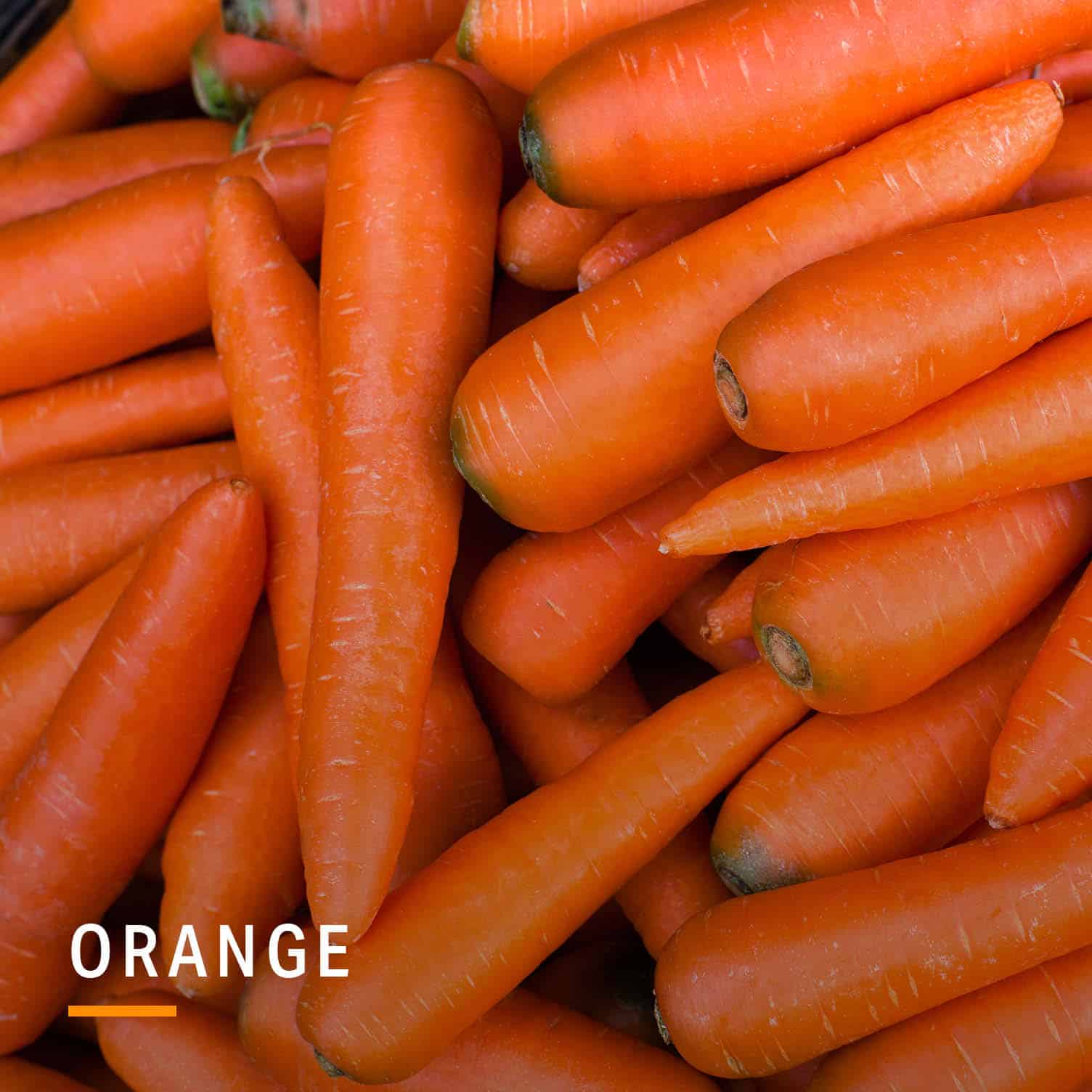
Foods to Eat: Carrots, sweet potatoes, orange peppers, mangoes, butternut squash, pumpkins
Benefits: Carotenoids like beta-carotene can be converted into vitamin A in the body, which is good for eye, skin and bone health. They may also reduce the risk of cancer and heart disease.
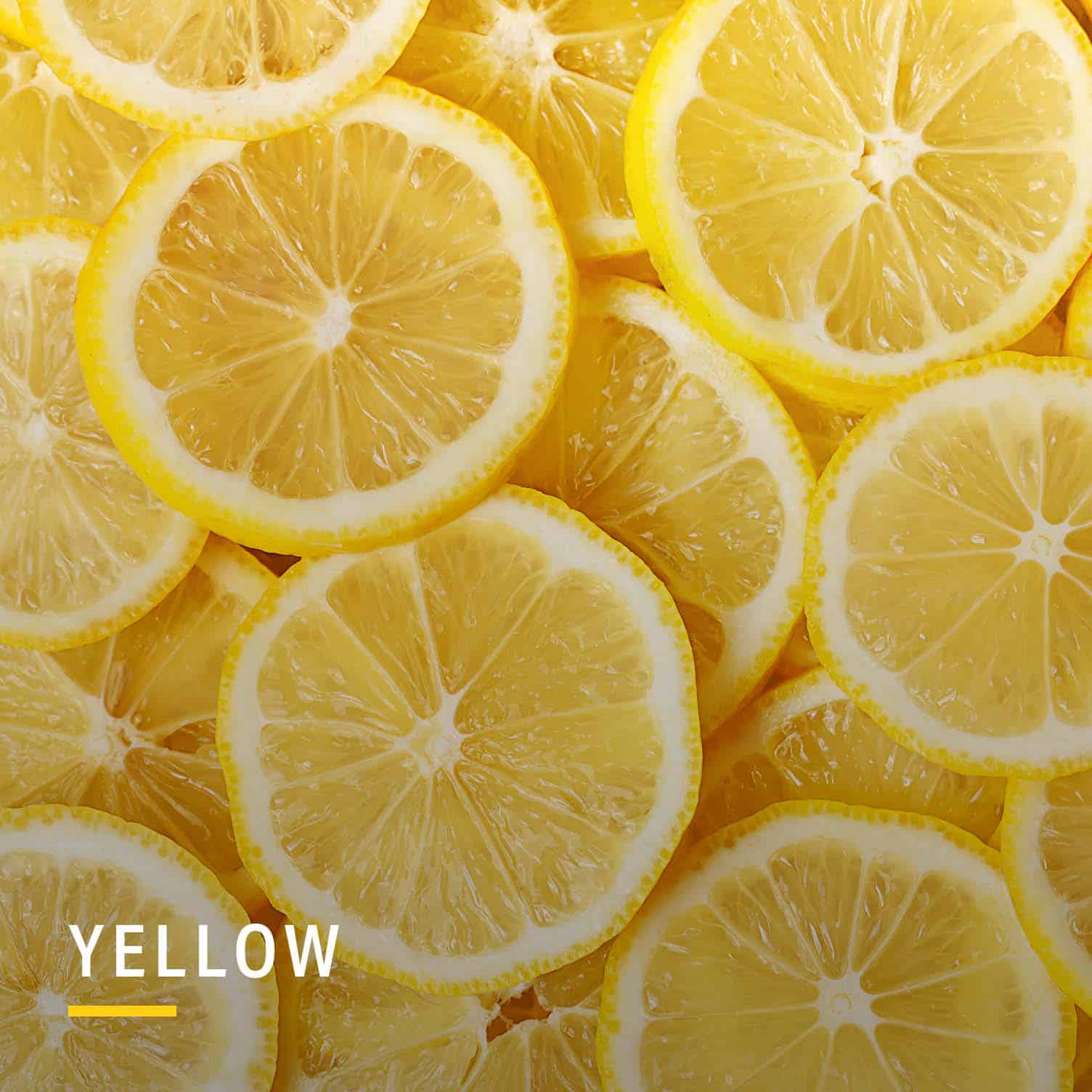
Foods to Eat: Lemons, summer squash, yellow peppers, pineapples, corn
Benefits: Similar to orange foods, many yellow foods also contain carotenoids to protect your eyes, skin and joints. Lemons, in particular, are a great source of vitamin C and folate, which play a role in immunity and heart health, respectively.
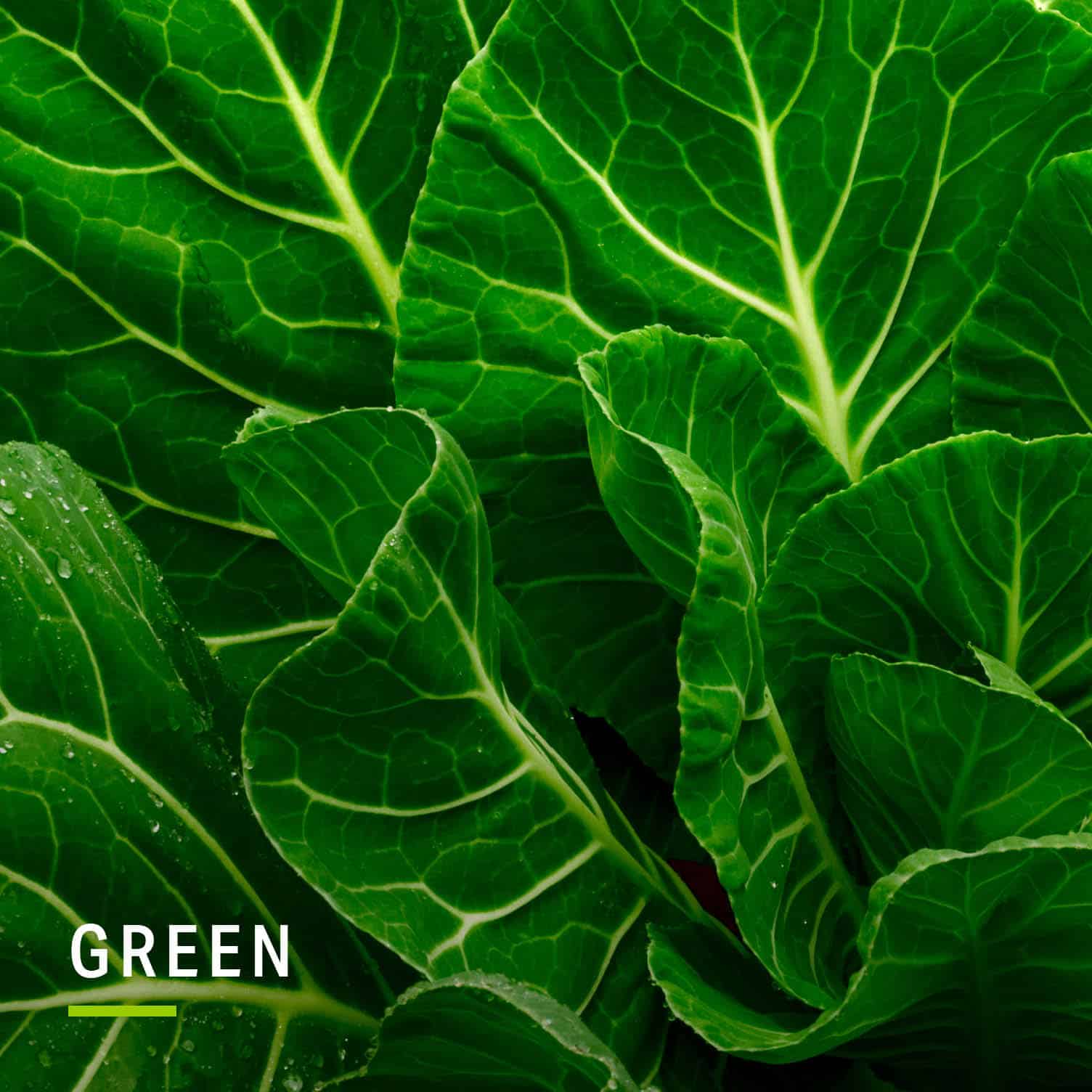
Foods to Eat: Broccoli, asparagus, avocados, leafy greens, Brussels sprouts, peas, green peppers, green beans, kiwi
Benefits: The chlorophyll that gives color to green fruits and vegetables is loaded with antioxidants. Cruciferous veggies, like broccoli and Brussels sprouts, contain phytonutrients called indoles, glucosinolates and isothiocyanates, which may prevent carcinogens and tumor growth. As an added bonus, many green foods are also packed with fiber, vitamin K and folic acid.
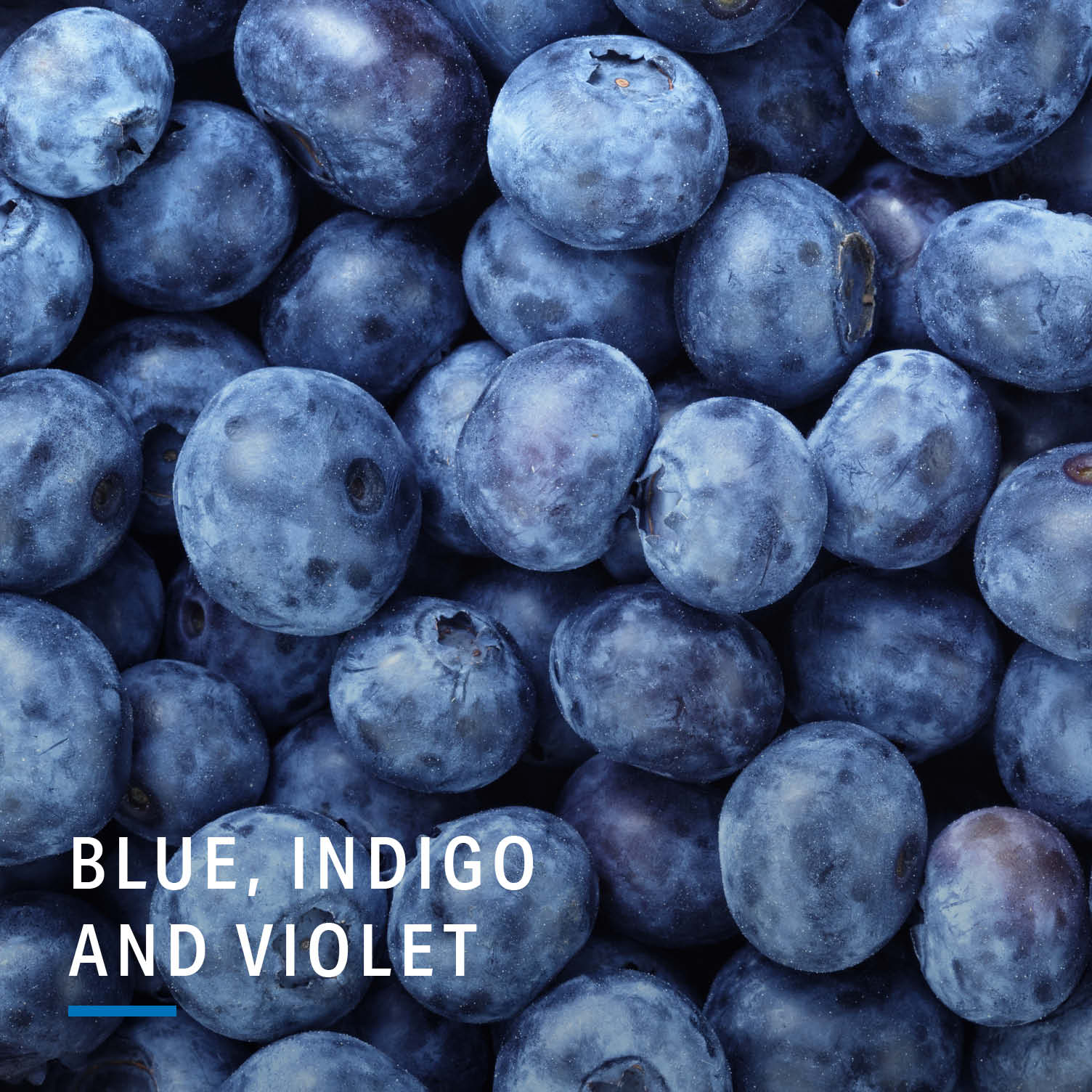
Foods to Eat: Blueberries, blackberries, eggplant, purple cabbage, grapes, plums
Benefits: Phytochemicals like resveratrol and anthocyanins are responsible for the dark color of these foods. They are also associated with many health benefits, including reducing inflammation, protecting your heart and boosting memory as you age.

Foods to Eat: Garlic, onions, cauliflower, bananas, white beans
Benefits: While not technically part of the rainbow, white fruits and vegetables still offer plenty of benefits and should be part of your diet. Phytonutrients like anthoxanthins and quercetin can reduce inflammation, decrease cholesterol and help you to maintain a healthy immune system.
